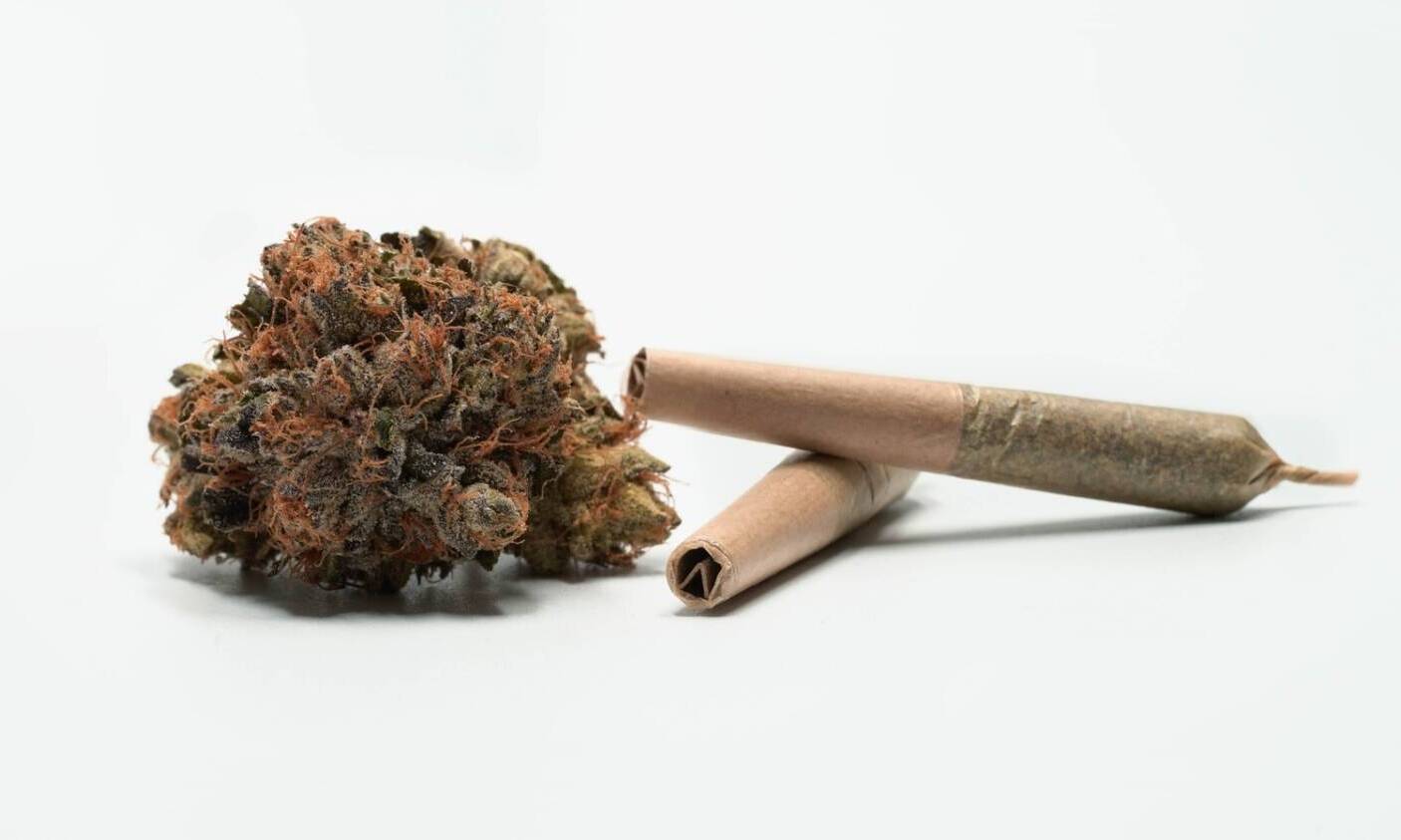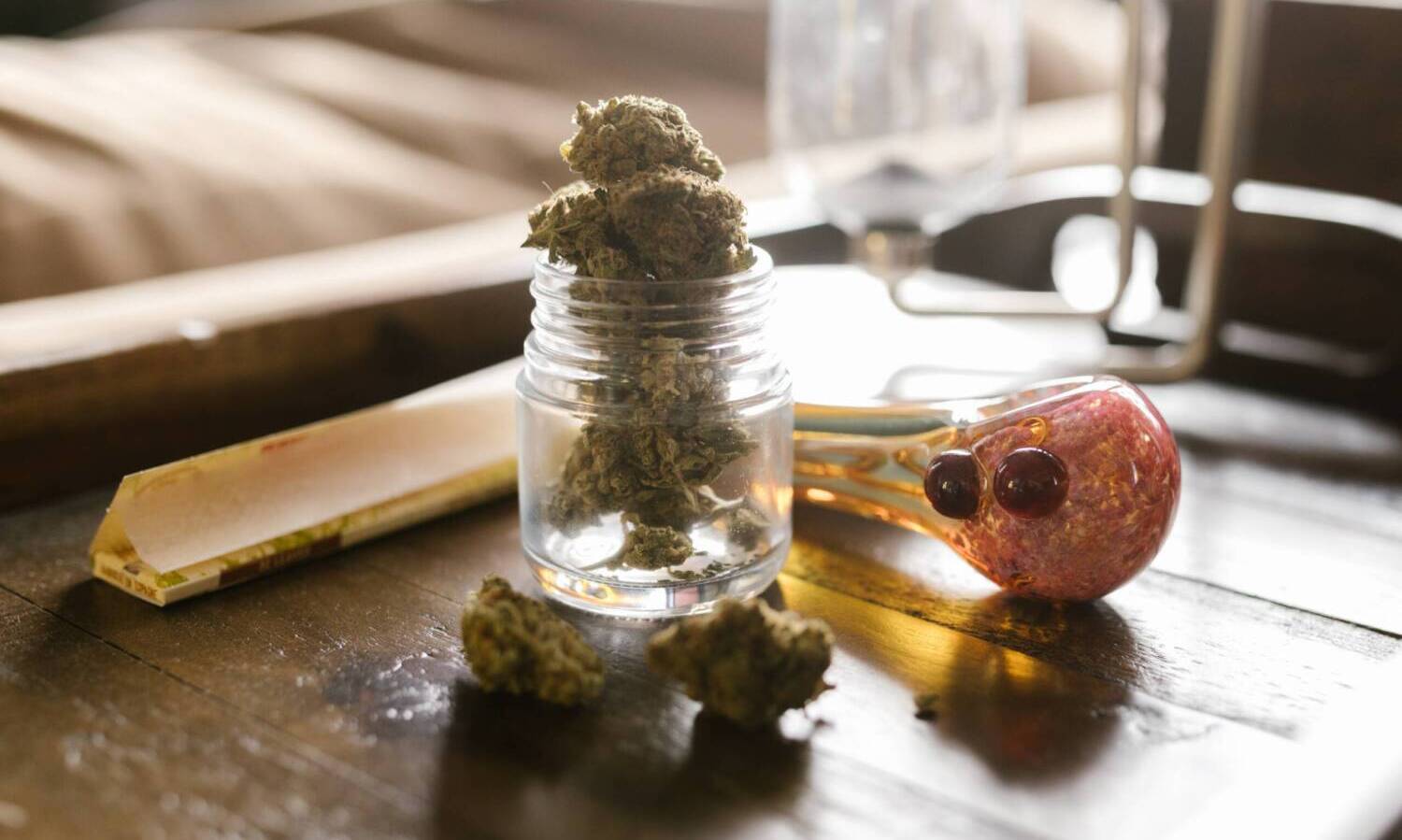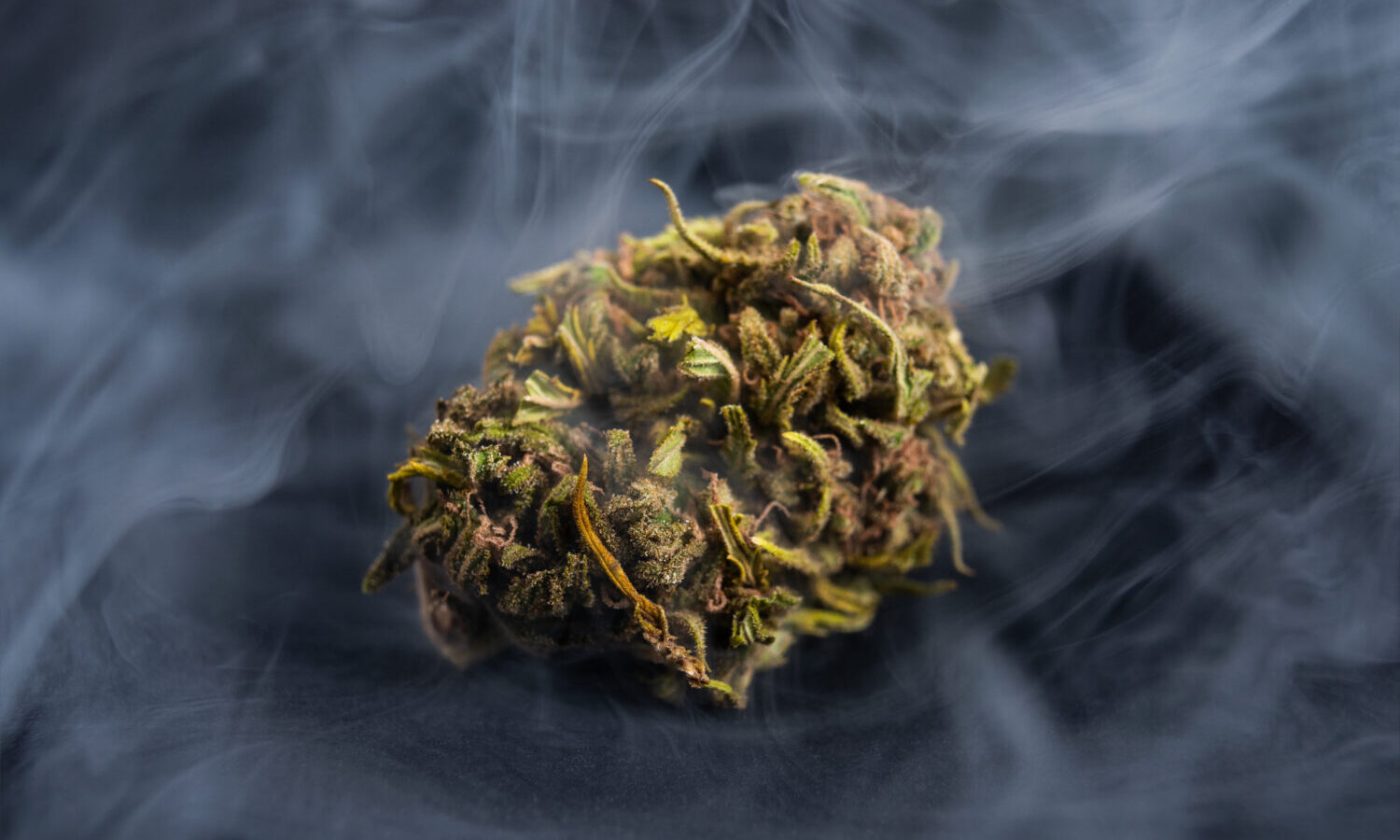In a recent study, researchers shared the findings of the biggest current analysis about the chemical composition in cannabis products.
This article originally appeared on Cannabis.net and has been reposted with permission.
When consumers shop around for cannabis flower, there are thousands of strain names to choose from. These cultivars are said to be unique in their chemical and genetic makeup, with a special terpene and flavonoid content as well as THC or CBD. That should make things easier, right?
Then again, when we’re out buying marijuana products, we also encounter labels such as sativa (energizing, uplifting), indica (relaxing, sedating), or hybrid (a combination of both). It should be simple enough. But the truth is that we can no longer rely on these names.

Cannabis Strains Are Now Irrelevant
In a recent study published in the journal PLOS One, researchers shared the findings of the biggest current analysis about the chemical composition in cannabis products. They analyzed around 90,000 cannabis samples taken from six states, checked their terpene content, cannabinoid makeup, and other chemical analysis from Leafly and other sites. They found that most of the cannabinoids available in recreational cannabis is nothing more than just THC.
The authors stated that labels “do not consistently align with the observed chemical diversity”. In fact, the study’s authors recommend that cannabis products have a proper labeling system just like what we have for the nutrition facts label with food.
“Our findings suggest that the prevailing labeling system is not an effective or safe way to provide information about these products,” says Brian Keegan, co-author of the study. “This is a real challenge for an industry that is trying to professionalize itself,” says the assistant professor of Information Science at CU Boulder, reports the CU Boulder Today.
This is revealing, given the countless names that marijuana growers and marketers have had to come up with over the past few years especially with the explosion of strains that has made the mainstream market. Memorable names are a must: think about Maui Wowie, Stinky Pinky, Han Solo Burger, Alaskan Thunder Fuck are just some of the few famous strain names.
After all, a strain name referring to one that you had an enjoyable experience with while high will stick around. It’s what you will ask your budtender for next time, and it’s a strain you’ll tell your friends about. Clever names are memorable and will pique more interest.
However, as this and other studies show, a name is pretty much all you get. Cannabis genetics change depending on who breeds it and how, so it can be rare to find 100% of the exact same kind of toke experience, genetics, terpenes, chemical makeup, and other factors if you buy your weed of the same strain elsewhere.

RELATED: Is The Future Of Weed Seedless? How Triploid Cannabis Could Lead To New Strains
The study also says that identifying strains by sativa, indica, and hybrid has nothing to do with the cannabis’s chemical reality. However, they did say that there were three types of terpene combinations that were prominent in specific strains: cannabis strains high in limonene and caryophyllene, pinene and myrcene, and then those with rich myrcene and terpinolene content. These have nothing to do with their current classifications, as the researchers said, they “do not neatly correspond to the indica, sativa and hybrid labeling scheme.”
“In other words, it is likely that a sample with the label indica will have an indistinguishable terpene composition as samples labelled sativa or hybrid,” they say.
Currently, cannabis product marketers have to disclose how much THC and CBD are in a product but there is no regulation that requires them to share what other compounds are in the plant, such as what terpenes or flavonoids there are. On top of that, they can call the strain or product whatever they want. “A farmer can’t just pick up an apple and decide to call it a Golden Delicious. A beer manufacturer can’t just arbitrarily label their product a Double IPA. There are standards. But that is not the case for the cannabis industry,” explains Nick Jikomes, co-author of the study, who is also a director of science and innovation for Leafly.
Genetic Differences, Lab Tests More Important
There have been other studies that share the same results. An older study from 2015, also published in PLoS One, was conducted by researchers from Dalhousie University in Nova Scotia. They wanted to understand the genetic differences in cannabis so they analyzed around 14,031 single-point factors in DNA of 81 cannabis samples as well as 43 hemp samples.
They also took a look into the variations among marijuana species, and found that there were only “moderate” differences between indica and sativa, but it wasn’t as significant as we think they are.
Then another study from 2021 involved researchers analyzing thousands of marijuana samples that represented around 396 strain names in a lab. What was shocking was that these samples represented to be nothing more than 3 chemical varieties of pot, leaving the scientists to conclude that strain names don’t mean anything at all. “The very limited variability in chemical profiles shows that most of these chemovars, while named differently, are almost the same or at least very similar,” they wrote.
RELATED: Do You Know The Difference Between Cannabis Strains, Phenotypes, And Cultivars?
The researchers also discussed the absence of standardization in the cannabis industry especially for strain names, adding that they were “poorly or not at all defined.” For us consumers, this leaves us feeling confused, with the lack of information on packaging, consistency, chemical phenotype, genotype, and more.
For these reasons, recreational and medical users are better off buying cannabis products that have a Certificate of Analysis (COA). The COA is a document provided by a third-party laboratory that shows you exactly what’s in your cannabis, and this is the closest thing we can get to a “nutrition facts panel” for cannabis as of the moment. It acts as a quality check of sorts, and depending on the test results or laboratory, can provide consumers with a range of information including microbiological testing, cannabinoid concentrates, terpene profile, residual solvents, and heavy metals if any.
This article originally appeared on Cannabis.net and has been reposted with permission.


